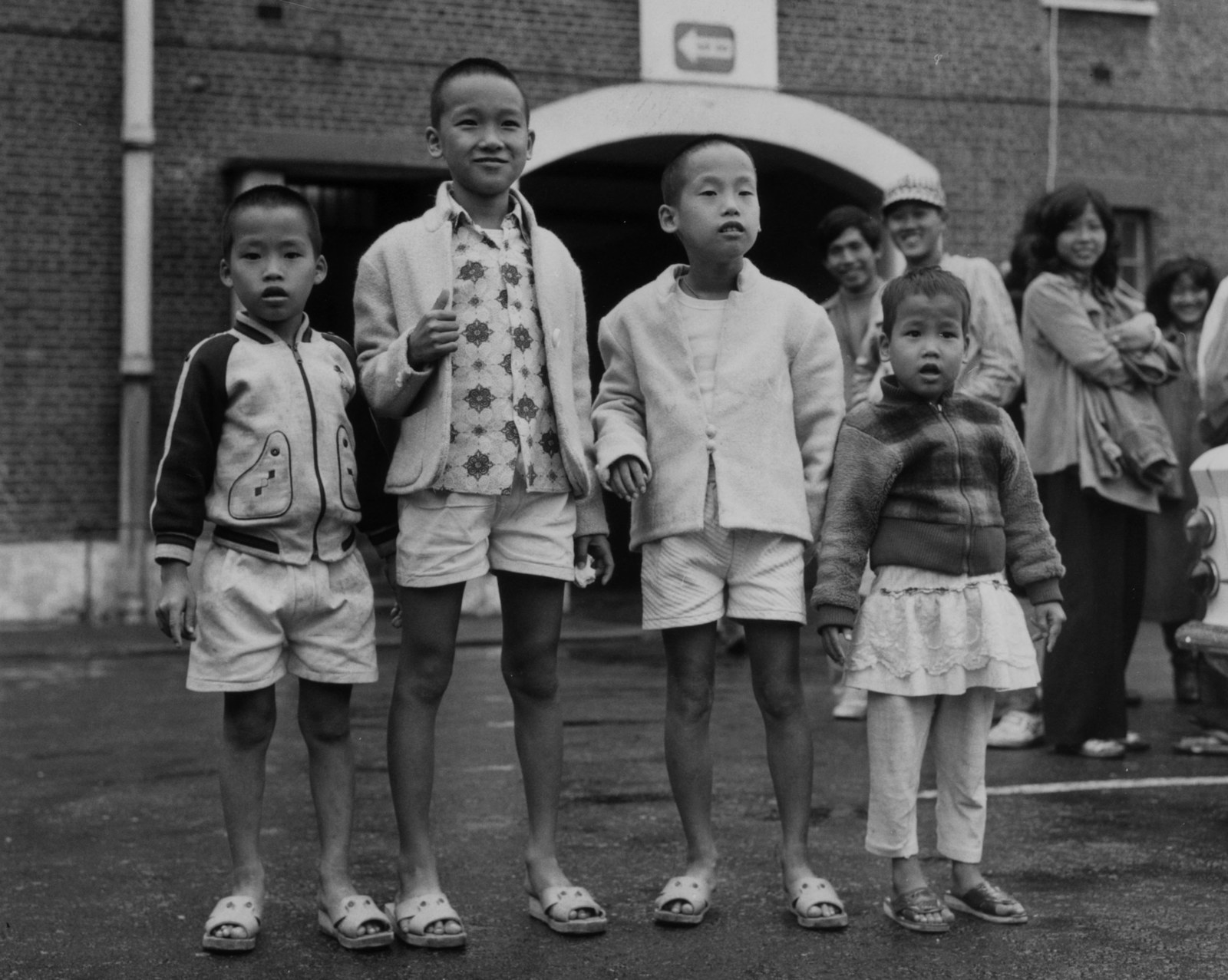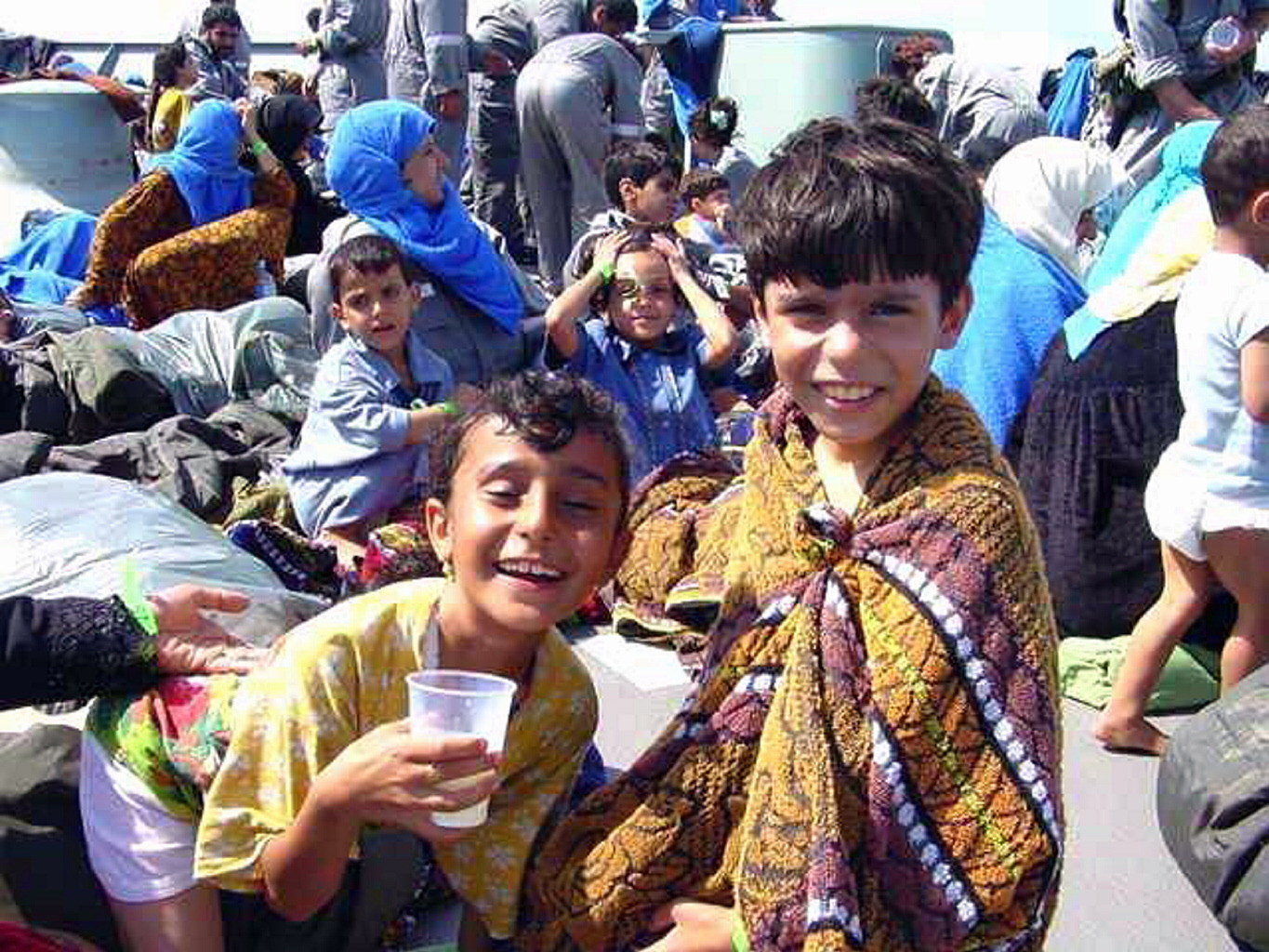In 1947, a boat carrying Jewish refugees made its way to Australia. At the time, Australia's tabloid newspapers told its audience that 3,000 people were coming on three boats.

As economic historian George Megalogenis writes in Australia's Second Chance, what happened next shows the media has been beating up stories about immigrants on boats for decades.
The correct figure was 700 on one boat, and [immigration minister Arthur] Calwell demanded a retraction from [the newspapers].
But the media wasn't finished yet. When the boat docked on 16 March 1947, the Courier Mail declared; '700 Jews Arrive, Bring Expensive Furs and Jewels'. The refugees carried 'thousands of pounds worth of personal belongings, including jewels, furs, and expensive cameras'.
The cameras were rated more newsworthy than the gas chambers they had escaped.
A poll taken in 1947 showed 58% of Australians were opposed to taking part in a global plan to help resettle Jewish refugees from Europe.
It wasn't just public opinion and the media that had turned against the Jewish people in the wake of World War II – politicians also joined in.
“We’re not compelled to accept the unwanted of the world at the dictate of the United Nations or anyone else," said Liberal MP Henry Gullet in 1946.
"Neither should Australia be the dumping ground for people whom Europe itself, in the course of 2,000 years, has not be able to absorb. I am not anti-Semitic. Indeed, very few Australians are."
Before Jews, Australians lined up against non–English-speaking Europeans like Italians, Greeks and Germans. For some in the labour movement, xenophobia swirled around claims new migrants would take Australian jobs.

Australia's White Australia policy existed until the early 1970s. As the name suggests, it placed supremacy on white migrants. One group that was marginalised was the Chinese community.
In an infamous moment in the policy's history, immigration minister Arthur Calwell joked about the wrongful deportation of a Chinese man.
"The gentleman's name is Wong. There are many Wongs in the Chinese community, but I have to say ... that two Wongs do not make a White," said Calwell, referring to the member for Balaclava, whose name happened to be Thomas White.
By the late 1970s, Australia had expanded its immigration and humanitarian program, accepting a wave of Vietnamese refugees.

At the time the public, and some of Australia's political leaders, were not totally OK about the Vietnamese arrivals.

By the late 1990s, Pauline Hanson arrived on the national scene, directing her attention towards Australia's Indigenous population and "Asians".

Over the last decade, the spotlight has swung towards Muslims, driven largely by Islamic extremism around the world and asylum-seekers, many of them Muslim, trying to get to Australia by boat.

Megalogenis told Buzzfeed News that the fear of Muslims should be understood in terms of Australia's history.
"Australians need to resist the temptation to treat Muslims this way, when our history tells us every other group which got this [negative] reception has eventually made Australia a greater place to live," he said.
"The country is good at the mixed marriage – look at the way it's dealt with historically: English-Irish, Greeks-Italians, Serbs-Croats, and Vietnamese-Chinese. The combination of Muslim-Christian should be viewed as the next grand Australian project, not the challenge we retreat from."
